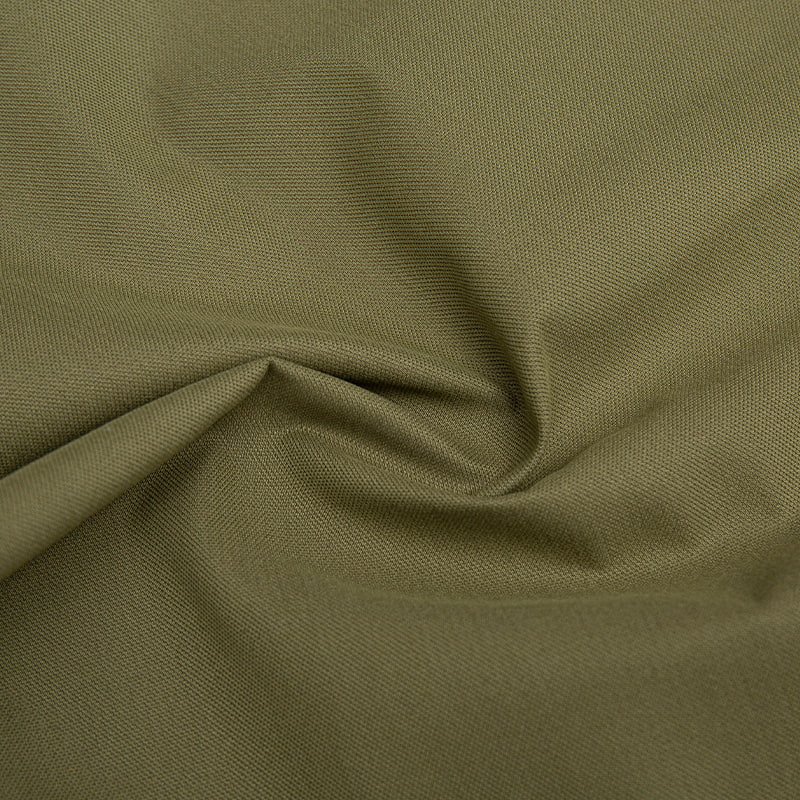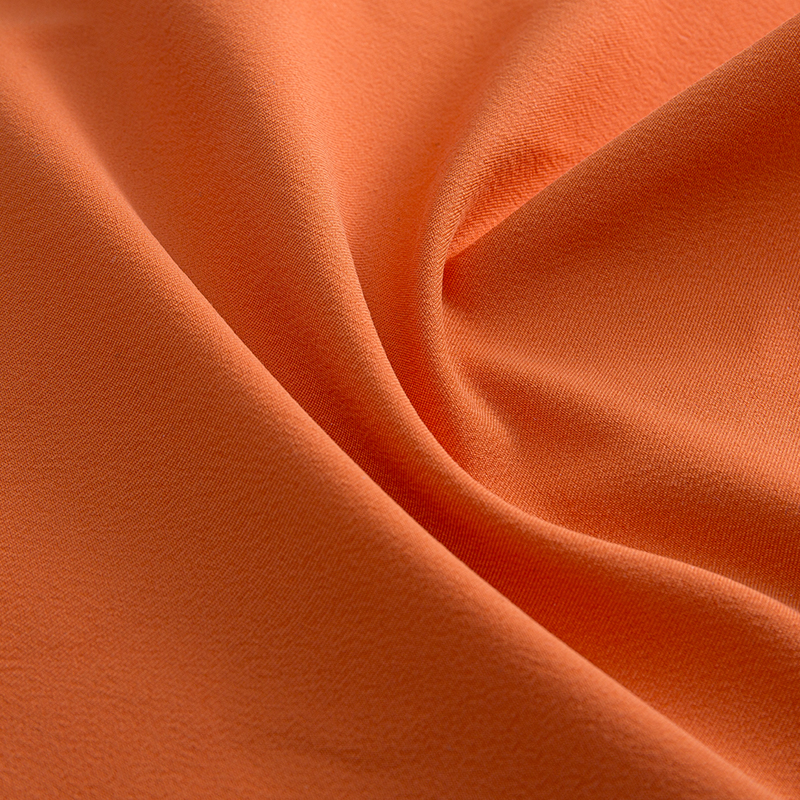
Can you use stretch fabric to make swimwear?
Stretch fabric is the core material for swimsuit production, but its applicability needs to meet specific conditions. Here are the key points:
1. Necessary high rebound characteristics
Swimwear needs to withstand intense stretching (such as diving and turning), and ordinary stretch fabrics are prone to relaxation and deformation. Professional swimwear uses a high proportion of spandex (≥ 15%) combined with bi-directional weaving technology (synchronous stretching in both warp and weft directions) to ensure rapid recovery after water discharge, avoiding water loss or slipping.
2. Chlorine/salt corrosion resistance treatment
Ordinary spandex is prone to brittleness and fracture when exposed to swimming pool chlorine water or seawater. Qualified swimwear fabrics must undergo:
Fiber coating treatment: Covering the surface of spandex fibers with inert polymers (such as polyurea) to isolate chemical corrosion
Stabilizer addition: Adding chlorine resistant additives (such as carbon chain stabilizing molecules) during blending to delay aging
3. Low water absorption and fast drying structure
Swimwear should repel moisture rather than absorb it (as opposed to everyday clothing):
Using ultra-fine polyester/nylon as the surface layer, a water repellent surface is formed through high-density weaving
The inner layer is designed with micro flow channels to allow moisture to slide along specific paths, reducing water absorption and weight gain
Honeycomb mesh lining accelerates air circulation and dries within 5 minutes after leaving water
4. Anti friction and anti light transmission technology
Wet state anti friction: After immersion in water, the friction coefficient between the fabric and the skin should be ≤ 0.3 (ordinary fabric ≥ 0.8), achieved through silicone oil immersion rolling or plasma polishing
Not transparent when in contact with water: using double-layer encrypted knitting or adding optical densification agents to prevent the fabric from becoming transparent when in contact with water
5. Functional enhancement of motor function
Racing swimwear: Replacing stitching with ultrasonic compression seams to reduce water flow resistance by 3% -5%
Diving suit: using chloroprene rubber composite stretch layer to increase insulation on the basis of stretchity
Children's swimsuit: adding fluorescent reflective yarn to enhance underwater visibility
| Key Requirement | Implementation Method | Functional Principle |
| High Elastic Recovery | • 15-20% Spandex core wrapped with nylon/polyester• Bi-directional knitting (warp + weft stretch) | Maintains shape after repeated stretching in water, prevents sagging |
| Chlorine/Salt Resistance | • Polymer coating (e.g., polyurea) on spandex fibers• Anti-chlorine stabilizers blended in yarn | Protects fibers from degradation in pools/seawater |
| Low Water Absorption | • Hydrophobic micro-denier nylon/polyester outer layer• Inner drainage channels via textured knitting | Sheds water quickly, reduces drag and weight |
| Rapid Drying | • Open mesh lining/micro-perforations• Honeycomb-structured inner layer | Accelerates airflow for evaporation within minutes |
| Wet-State Opacity | • Double-layered knitting at stress points• Optical brighteners + UV blockers | Prevents transparency when soaked, ensures modesty |
| Friction Reduction | • Silicone emulsion finishing• Plasma surface smoothing | Minimizes skin irritation during movement |



 English
English 

 PREV
PREV








